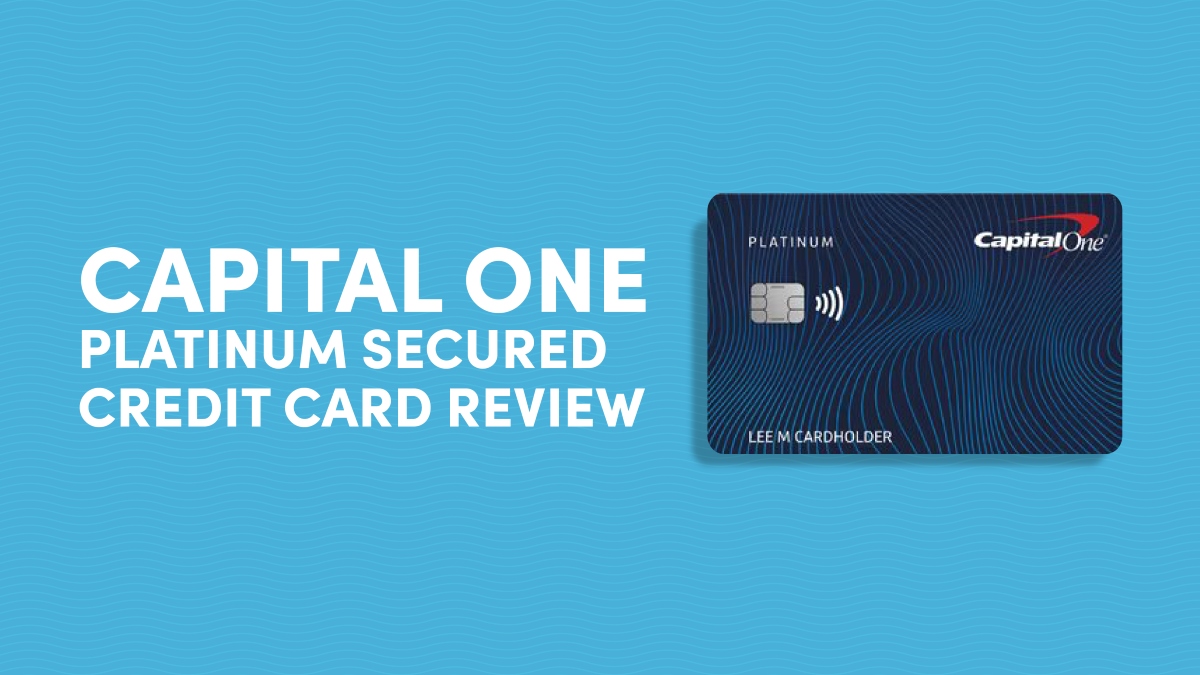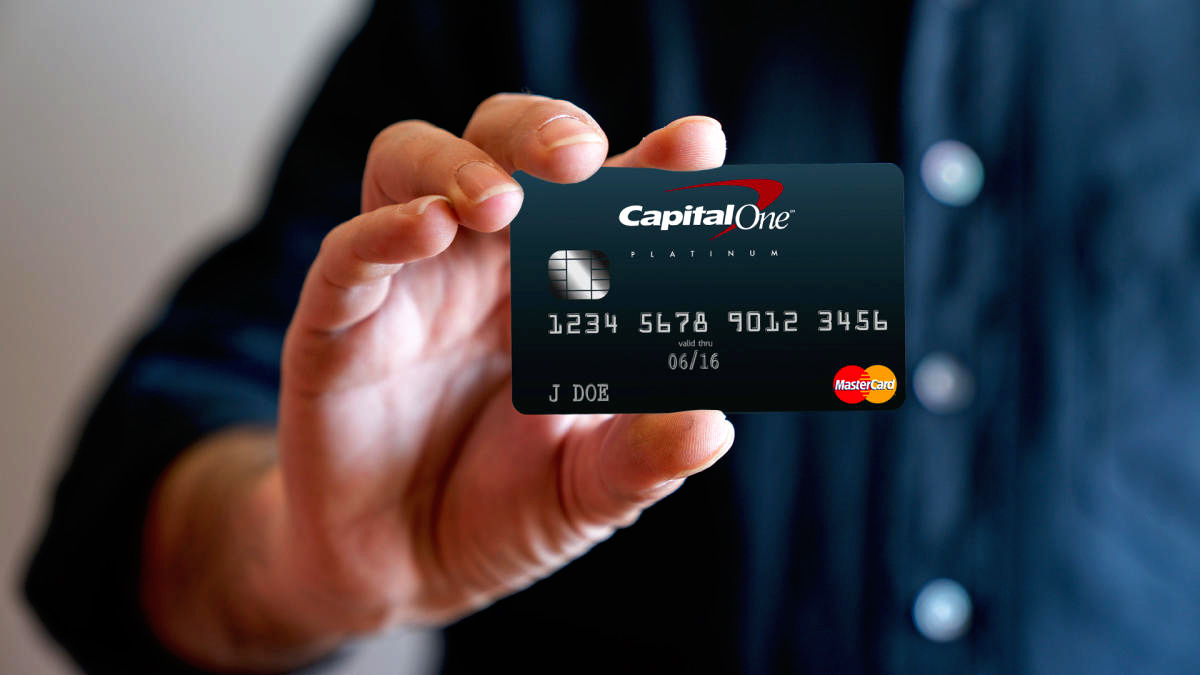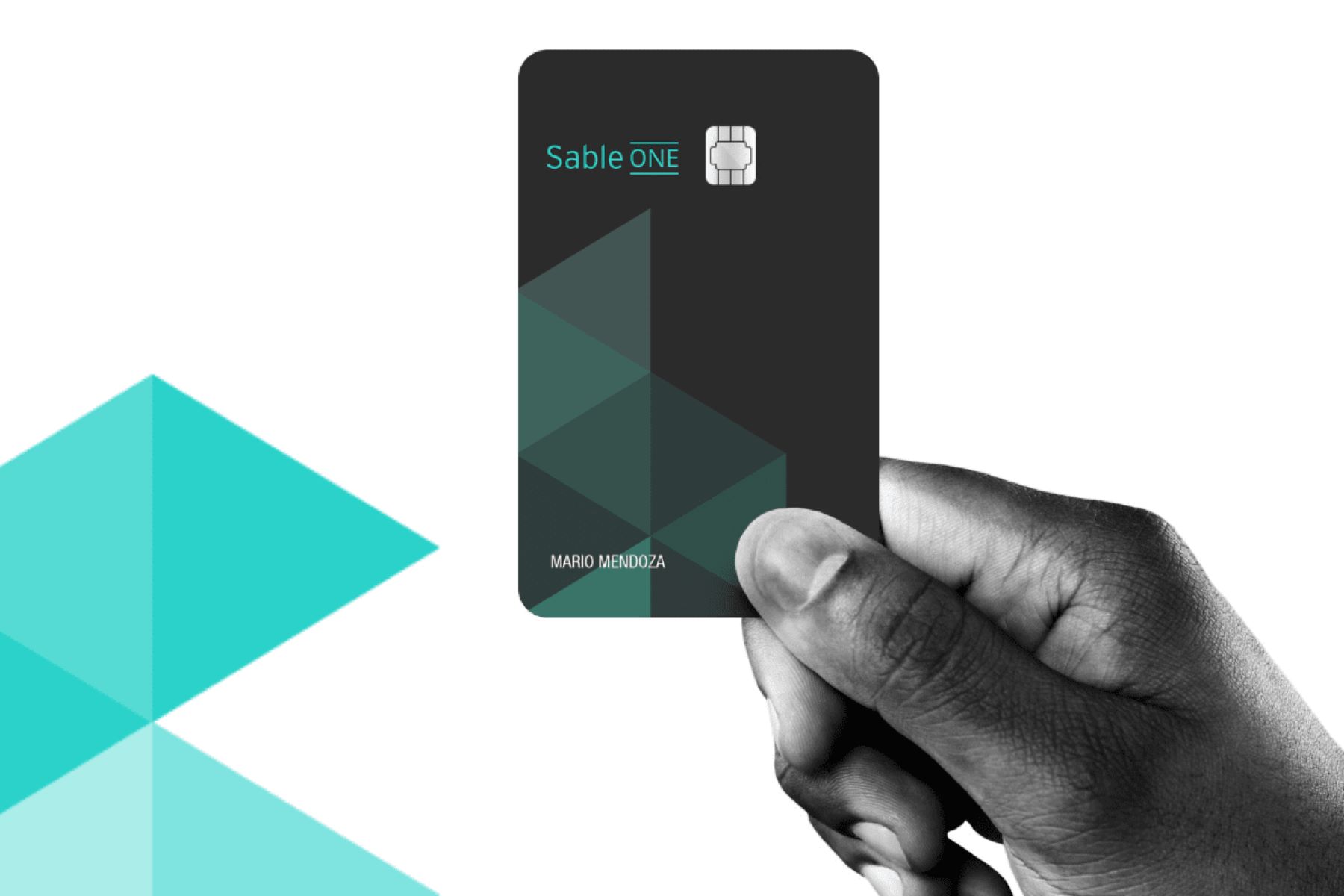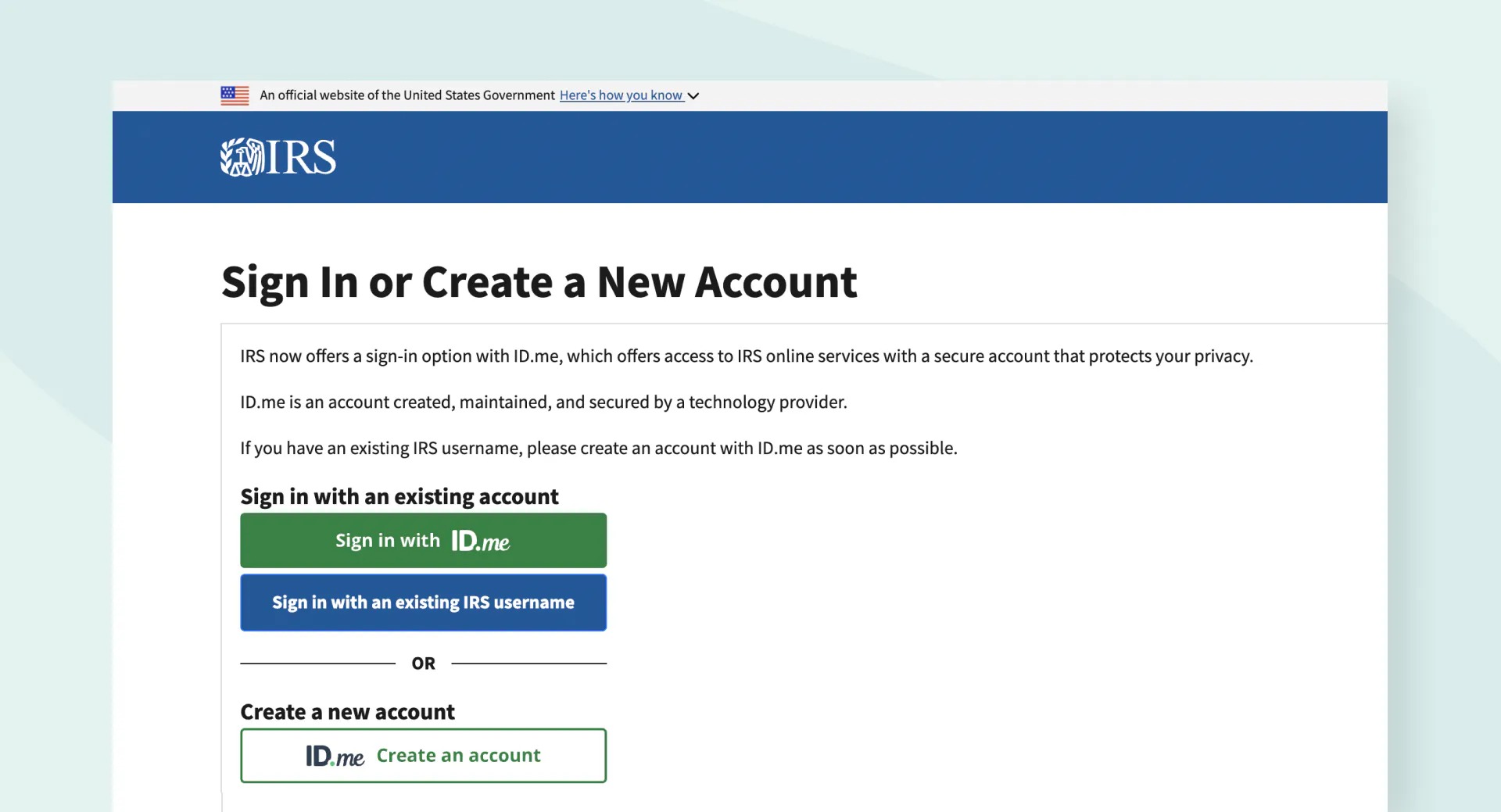Home>Finance>How To Make A Deposit On A Capital One Secured Card


Finance
How To Make A Deposit On A Capital One Secured Card
Modified: March 2, 2024
Learn how to make a deposit on a Capital One secured card and take control of your finances. Start building credit and managing your money today!
(Many of the links in this article redirect to a specific reviewed product. Your purchase of these products through affiliate links helps to generate commission for LiveWell, at no extra cost. Learn more)
Table of Contents
Introduction
Welcome to the world of secured credit cards and the financial empowerment they offer. If you're considering a Capital One Secured Card, you're on the right path to building or rebuilding your credit. This article will guide you through the process of making a deposit on your Capital One Secured Card, empowering you to take control of your financial journey.
A secured credit card is an invaluable tool for those looking to establish or improve their credit history. Unlike traditional credit cards, a secured card requires a security deposit, which also serves as the card's credit limit. This deposit mitigates the risk for the card issuer and provides an opportunity for individuals with limited or damaged credit to access a line of credit.
Capital One is a reputable financial institution known for its commitment to customer service and innovative financial products. The Capital One Secured Card is designed to help individuals with limited credit history or less-than-perfect credit scores to build or rebuild their credit. By responsibly managing this card, cardholders can establish a positive credit history and work toward achieving their financial goals.
In this article, we'll delve into the specifics of the Capital One Secured Card, outlining the steps to make a deposit, offering tips for managing the card effectively, and providing insights to help you maximize its benefits. Whether you're new to the world of credit or seeking to improve your credit standing, this guide will equip you with the knowledge and confidence to make informed financial decisions.
Embark on this journey with an open mind and a willingness to learn. By the end of this article, you'll be well-equipped to navigate the process of making a deposit on your Capital One Secured Card and leveraging it to enhance your financial well-being. Let's dive in and explore the steps to take control of your credit future.
Understanding Capital One Secured Card
The Capital One Secured Card is a powerful financial tool designed to help individuals establish or rebuild their credit. It operates much like a traditional credit card, with one key difference: it requires a security deposit, which determines the card’s credit limit. This deposit provides the card issuer with a layer of security, allowing them to extend credit to individuals who may not qualify for an unsecured card due to limited credit history or past credit challenges.
Capital One offers flexibility in the initial deposit amount, allowing cardholders to choose a deposit that suits their financial situation. The minimum deposit required to open a Capital One Secured Card is relatively low, making it accessible to a wide range of individuals. By responsibly managing the card and making timely payments, cardholders can begin to build a positive credit history, laying the foundation for future financial opportunities.
One of the key benefits of the Capital One Secured Card is its reporting to the three major credit bureaus: Equifax, Experian, and TransUnion. This means that responsible use of the card can contribute to building a positive credit history, potentially leading to improved credit scores over time. Additionally, Capital One regularly reviews secured card accounts for potential graduation to unsecured credit cards, providing a pathway for cardholders to transition to traditional credit products as their creditworthiness improves.
It’s important to note that the Capital One Secured Card operates like any other credit card. Cardholders can use it for everyday purchases, online shopping, and bill payments, just like they would with an unsecured card. By staying within their credit limit and making timely payments, cardholders can demonstrate responsible credit management, which is essential for building a strong credit profile.
Understanding the nuances of the Capital One Secured Card sets the stage for leveraging its benefits to improve your credit standing. In the next section, we’ll explore the steps to make a deposit on your Capital One Secured Card, empowering you to take the first proactive step toward building a positive credit history.
Steps to Make a Deposit on a Capital One Secured Card
Making a deposit on your Capital One Secured Card is a straightforward process that sets the stage for establishing your credit and accessing a line of credit. Here’s a step-by-step guide to help you navigate this crucial first step:
- Open a Capital One Secured Card Account: If you haven’t already done so, you’ll need to apply for a Capital One Secured Card. The application process is typically completed online and may require personal and financial information, along with the initial deposit amount. Once approved, you’ll receive your new secured card in the mail.
- Determine Your Deposit Amount: Capital One offers flexibility in choosing the initial deposit amount, with a minimum required deposit. Consider your budget and financial goals when determining the deposit amount. The deposit will also serve as your credit limit, so it’s important to choose an amount that aligns with your intended card usage.
- Submit Your Deposit: Once you’ve determined the deposit amount, you can submit the deposit through various methods, such as electronic funds transfer (EFT), mailing a check, or setting up a wire transfer. Capital One provides clear instructions on how to submit your deposit, ensuring a seamless and secure process.
- Receive Confirmation and Activation: After submitting your deposit, you’ll receive confirmation from Capital One, acknowledging the successful deposit. Once your deposit is processed, you can activate your secured card and begin using it for purchases and building your credit history.
It’s important to approach the deposit process thoughtfully, considering your financial capabilities and long-term credit goals. By making a deposit on your Capital One Secured Card, you’re taking a proactive step toward establishing a positive credit history and gaining access to essential financial resources.
Now that you’ve successfully made a deposit on your Capital One Secured Card, it’s essential to manage your card effectively to maximize its benefits and build a strong credit profile. In the following section, we’ll explore valuable tips for managing your Capital One Secured Card responsibly, empowering you to make the most of this financial tool.
Tips for Managing Your Capital One Secured Card
Effectively managing your Capital One Secured Card is essential for building a positive credit history and maximizing the benefits of this financial tool. Here are valuable tips to help you navigate the management of your secured card:
- Use Your Card Responsibly: Treat your secured card as you would a traditional credit card. Make small, regular purchases and ensure that you can comfortably pay off the balance each month. Responsible use demonstrates to creditors that you can manage credit effectively.
- Make Timely Payments: Pay your credit card bill on time every month. Timely payments are a crucial factor in building a positive credit history and can contribute to improving your credit scores over time.
- Keep Your Credit Utilization Low: Aim to keep your credit utilization ratio—the amount of credit you’re using compared to your credit limit—low. This demonstrates responsible credit management and can positively impact your credit scores.
- Monitor Your Spending: Keep track of your purchases and stay within your credit limit. Monitoring your spending habits helps you maintain control of your finances and avoid overspending.
- Set up Account Notifications: Capital One provides account management tools, including customizable notifications for payment due dates, transaction alerts, and account updates. Utilize these features to stay informed and in control of your card activity.
- Regularly Review Your Credit Report: Keep an eye on your credit report to track your progress. Capital One reports secured card activity to the major credit bureaus, and reviewing your credit report allows you to ensure that the reported information is accurate and up to date.
- Consider Graduation Opportunities: Capital One regularly reviews secured card accounts for potential graduation to unsecured credit cards. By demonstrating responsible credit management, you may become eligible for an unsecured card, further expanding your credit options.
By implementing these tips, you can effectively manage your Capital One Secured Card and lay the groundwork for a strong credit profile. Consistent, responsible use of your secured card can lead to improved credit scores and open doors to additional financial opportunities in the future.
As you navigate your credit-building journey with your Capital One Secured Card, remember that patience and persistence are key. Building a positive credit history takes time, but the habits you develop now will have a lasting impact on your financial well-being. In the next section, we’ll conclude our exploration of the Capital One Secured Card, summarizing the key insights and empowering you to make informed financial decisions.
Conclusion
Congratulations on taking the proactive step of exploring the world of secured credit cards and, more specifically, the Capital One Secured Card. By understanding the nuances of this financial tool and learning how to make a deposit, you’ve embarked on a journey toward building or rebuilding your credit and shaping a stronger financial future.
The Capital One Secured Card offers a gateway to establishing a positive credit history, providing access to essential financial resources and opportunities. By responsibly managing your secured card, making timely payments, and keeping your credit utilization in check, you’re laying the groundwork for improved credit scores and expanded credit options.
Remember, the journey to building a strong credit profile is a marathon, not a sprint. Consistent, responsible use of your Capital One Secured Card will yield long-term benefits, potentially leading to graduation to unsecured credit cards and enhanced financial flexibility.
As you continue on this credit-building path, keep in mind the valuable tips for managing your secured card effectively. From using your card responsibly to monitoring your spending and exploring graduation opportunities, these insights will guide you toward making informed financial decisions and maximizing the benefits of your secured card.
Lastly, stay informed and engaged with your credit journey. Regularly review your credit report, stay updated on your card activity, and leverage the resources provided by Capital One to manage your account effectively. By staying proactive and informed, you’re empowering yourself to take control of your credit future.
In closing, the Capital One Secured Card is not just a financial tool—it’s a stepping stone toward financial empowerment and a stronger credit standing. By making a deposit, managing your card responsibly, and staying committed to your financial goals, you’re setting the stage for a brighter financial future. Keep building, keep learning, and keep striving toward your financial aspirations. Your journey to financial well-being starts here.














